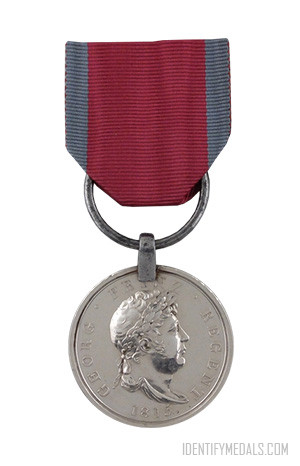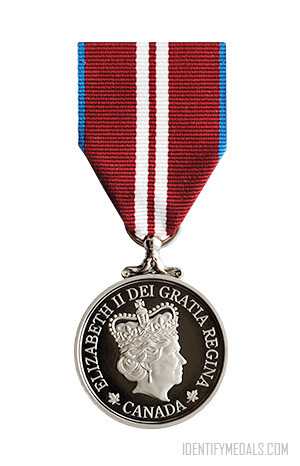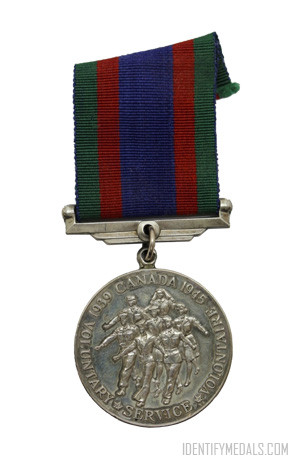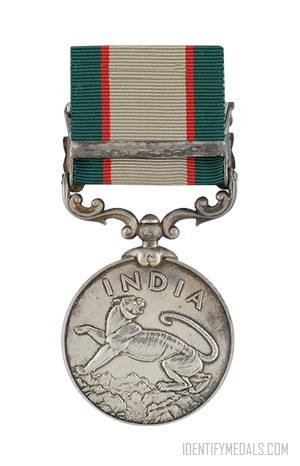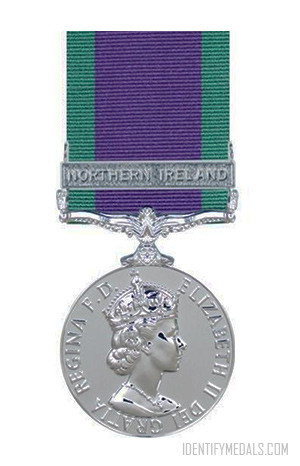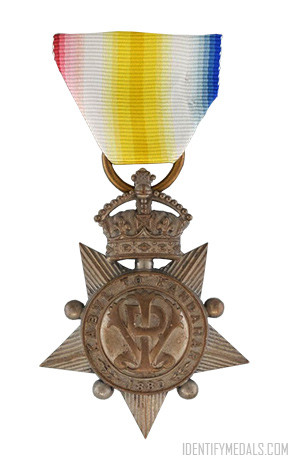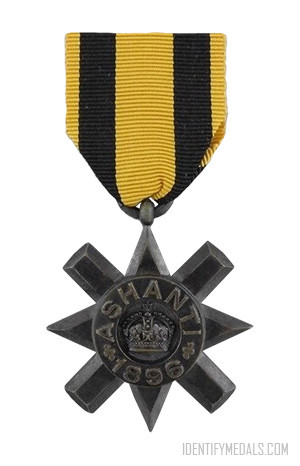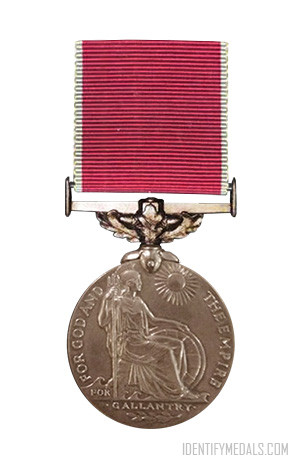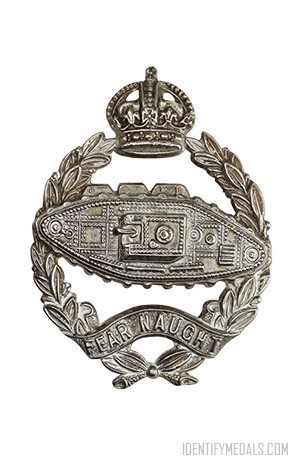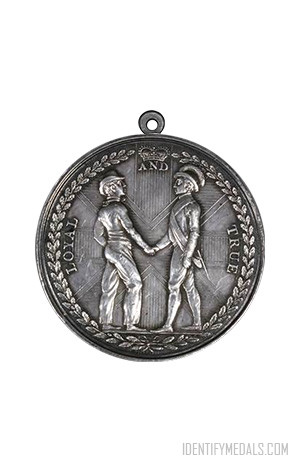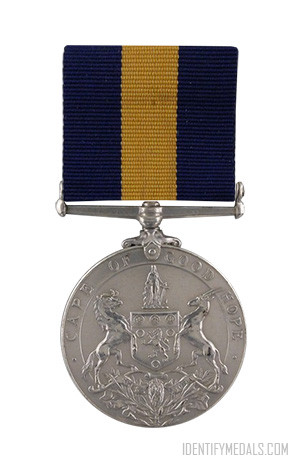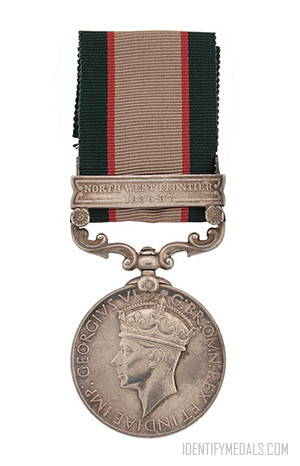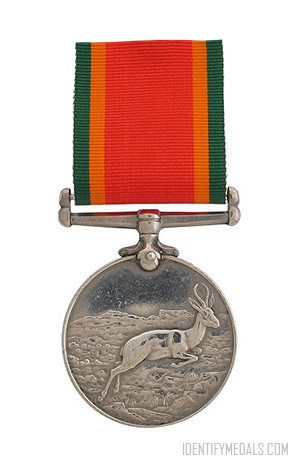- Time Period: Pre-WW1
- Year of Institution: 1818
- Country: Great Britain
The Hanoverian Waterloo Medal was a British Campaign issued to all members of the Hanoverian army who fought in the battles of Quatre Bras and Waterloo 16–18 June 1815.
The Hanoverian troops, excluding those of the King’s German Legion, present on the 16, 17 and 18 June at Battle of Quatre Bras and Waterloo, under the command of General Charles Alten, amounted to almost 16,900 men, equivalent to 18% of Wellington‘s Allied Army.
This medal was founded by George, the Prince Regent in December 1817, and was awarded to every soldier who was present in the Hanoverian army at the Battle of Waterloo.
The medal remained the property of the soldier, and if he left the military service, he was still allowed to wear it. It could not, however, under any circumstances, be transferred from one soldier to another (after the death of the first recipient, it was ordered that it should remain in his family as an heirloom).
The Hanoverian Waterloo Medal Design
The medal is struck in silver and measures 35 mm in diameter.
The obverse shows a profile and laureate head of the Prince Regent to the right, with the legend “GEORG. PRINZ. REGENT, 1815” around it. The reverse bears two branches of laurel and a breastplate, with two spears and two colors crossed on either side. Underneath is the date “WATERLOO JUN. XVIII.” and, above, in Roman letters, “HANNOVER SCHER TAPFERKEIT“. Round the rim is inscribed the soldier’s name, regiment, etc.
The ribbon is maroon edged with light blue.

